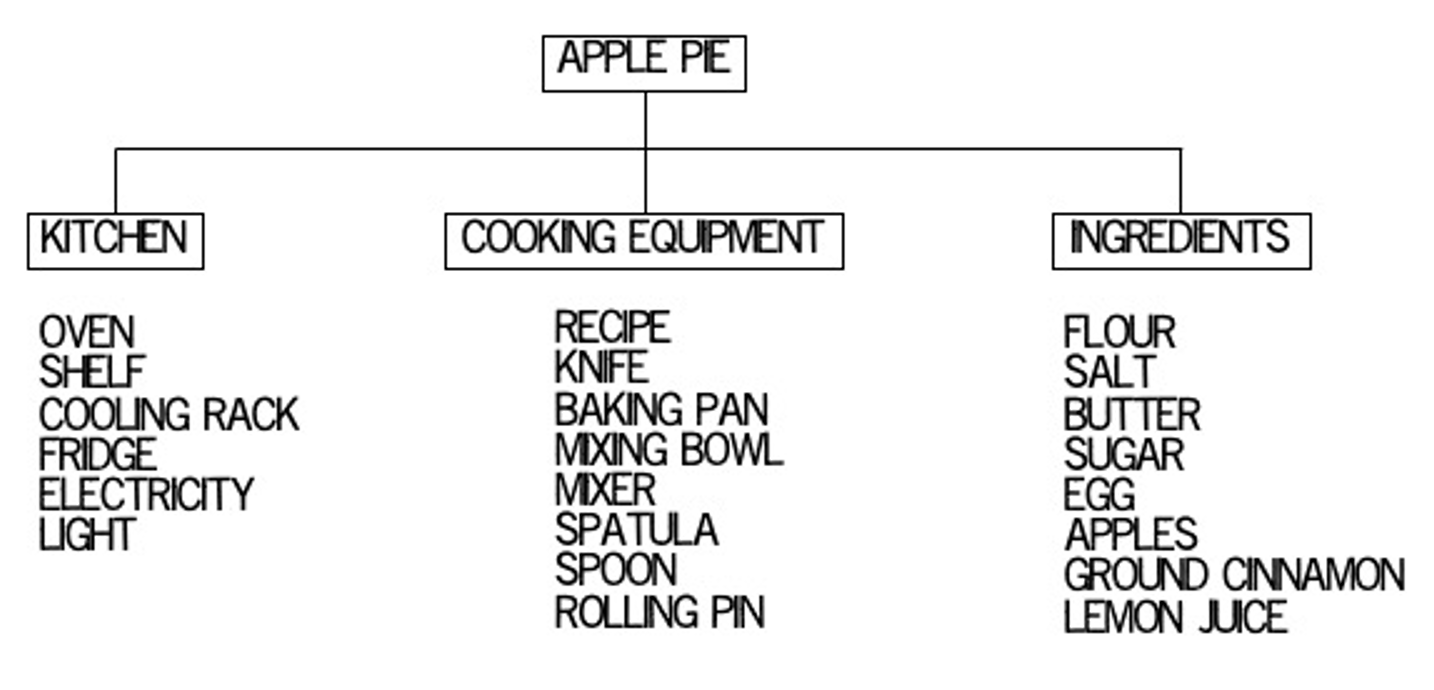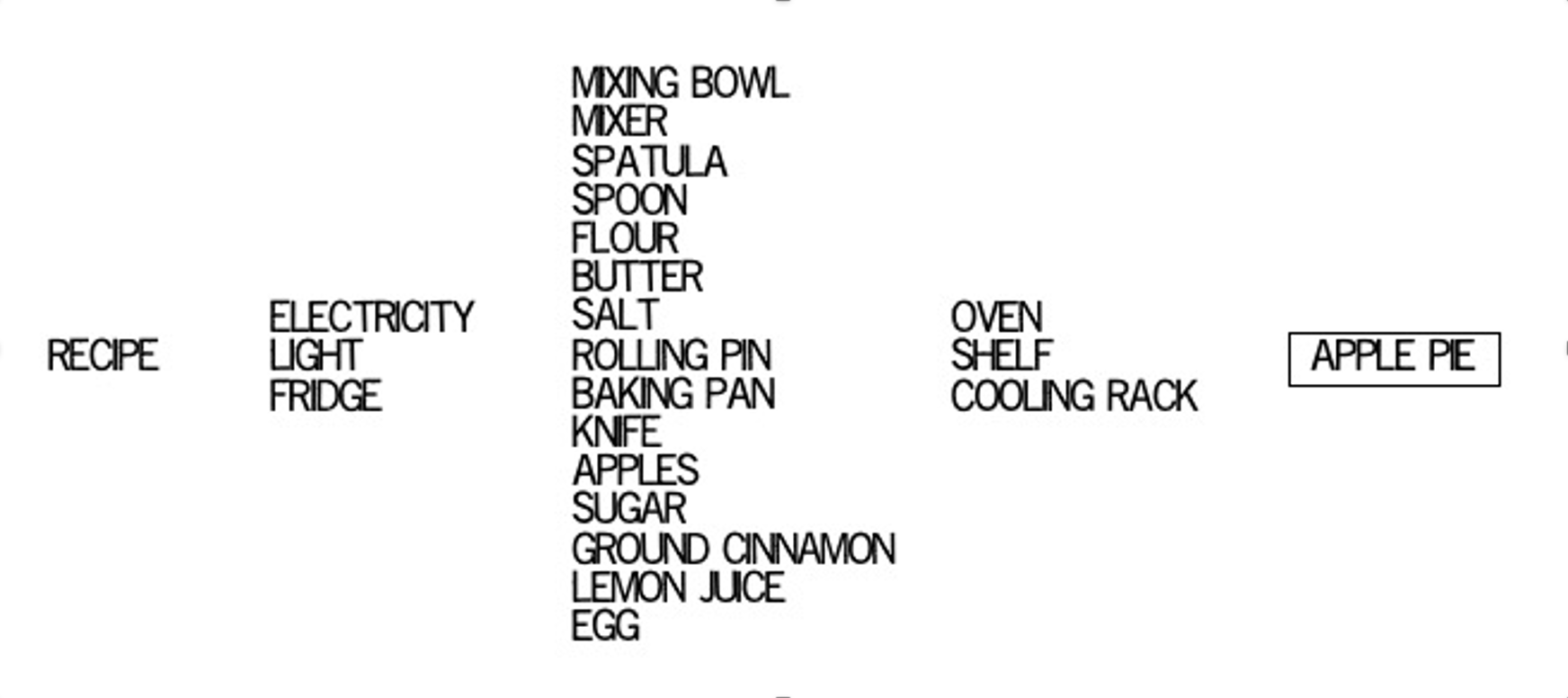Product-Based Planning is a four-step process that helps you to define what the deliverable of a project is going to be, what products are needed to achieve your deliverable, and in what order you will need these products.
The four steps of Product-Based Planning are:
1. Description of the deliverable of your PIA
2. Product Breakdown Structure
3. Product Descriptions for each product
4. Product Flow Diagram
Product-Based Planning can be followed by:
5. Making a Budget
6. Making a Layered Timeline
7. Making a Risk Log
1. Describe the deliverable of your project
This is a clear description of the final product you are going to create in your project. This could be a concert, a composition, a website, a tour with your band, a social media crowdfunding campaign, a music school, a new ensemble, etc.
Typically, this will include the following entries (but can include additional information):
What is the final product?
What is its format or medium? In what form will it be presented?
What are key quality criteria that can be applied to the final product?
2. Product Breakdown Structure
A Product Breakdown Structure is a hierarchical and complete segmentation of your project into products. A simple example of one is shown below. The advantages of breaking down the project into products and sub-products is that it makes it easier to plan and manage the project. It makes it easier to apply quality criteria, and it helps you to avoid missing products or sub-products.

Key is to describe all components of your project not as an action (‘rehearsing’) but as a product (‘rehearsal’). It is difficult to qualify and quantify actions, but you can qualify and quantify when you define ‘rehearsal’ as a product. Sub-products could then be:
Rehearsal space
Rehearsal time
Rehearsal schedule
Presence of musicians
Place all products in groups and in hierarchical order.
3. Product Descriptions
Once you’ve developed your Product Breakdown Structure (PBS) you need to develop a Product Description for every single product in your PBS. A clear and precise description of the product according to the following criteria:
What is it?
In what form/medium is it presented?
What is the importance/relevance of this product for the deliverable?
What are quality criteria for this product?
How and by whom can these quality criteria be assessed?
The entries of your description are objectively stated and describe the above quality criteria in measurable terms.
Example of a Product Description, referring to the products needed to bake a cake:
What is the product?
Apples
In what form/medium is it presented?
One bag with 1 kilo of whole apples
What is the importance/relevance of this product for the whole project?
Apple is the main flavour and the main ingredient of the apple pie.
What are quality criteria for this product?
The apples need to be crisp and have a tart flavour. They need to keep their structure in the oven.
How and by whom will the quality criteria be assessed?
My grandmother will taste the apples and check if they are crisp enough. She is an expert at baking apple pies.
The final thing to do in Product-Based Planning is to produce a Product Flow Diagram (PFD). A PFD will give you a clear overview of the order in which you will need the different products. To create the PFD, you take the products from the PBS and make a sequence in which they are ordered in the chronology of creating or acquiring them.
Asking yourself specific questions can help you to make your PFD. For example:
What other products are dependent on this product?
(For example, can you have a rehearsal when the printed parts for the musicians are not yet available?)
Can products be created or acquired simultaneously?
(For example, can the publicity material be created while the arrangements are being made?)
When organising products in the perspective of a flow of time, you can check if you missed a step or a product.
